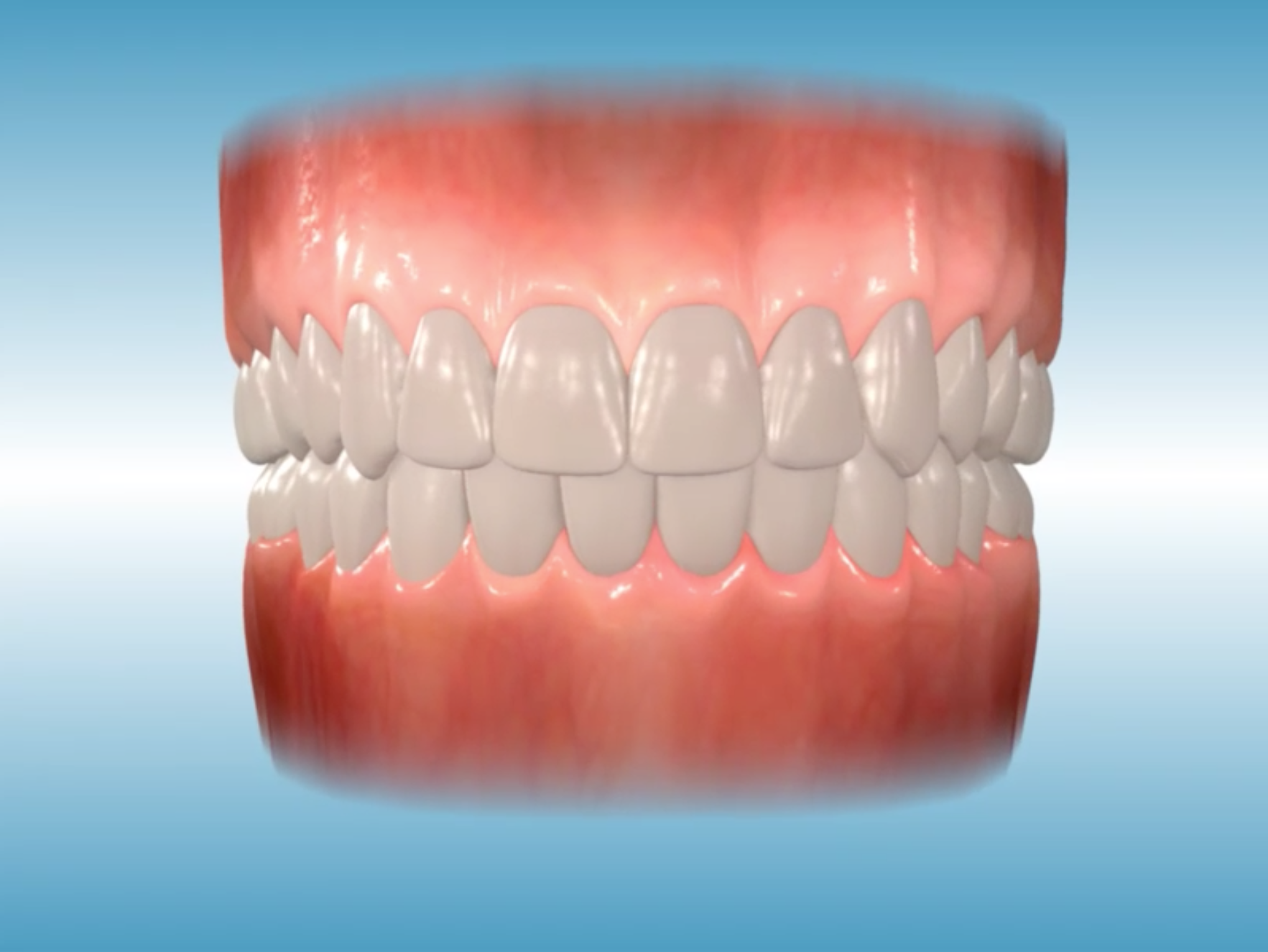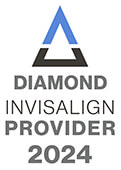Common Reasons for Treatment

The appearance and function of your teeth are impacted by this type of bite. It is characterized by the upper teeth extending too far forward or the lower teeth not extending far enough forward.


A posterior crossbite will usually result from a narrow upper jaw or abnormally wide lower jaw. A narrow upper jaw will often force a patient to move the lower jaw forward or to the side when closing into a stable bite. When closed into this accommodating position, the lower teeth are located outside the upper teeth.
A posterior crossbite can involve one side of the jaw, known as a unilateral crossbite, or both sides of the jaw, known as a bilateral crossbite.

An openbite can occur with the front teeth, known as an anterior openbite or with the back teeth, referred to as a posterior openbite. An anterior openbite is the lack of vertical overlap of the front teeth and can usually be traced to jaw disharmony or habits such as thumb sucking or the thrusting of the tongue against the front teeth. A posterior openbite is a problem in which the back teeth do not meet vertically, which keeps the jaw from functioning properly.

Crowding of the teeth is probably the most common orthodontic problem. Although many factors contribute to dental crowding, this problem typically stems from a discrepancy between the space in each jaw and the size of the teeth. Crowding is often one of several orthodontic problems. Crowding can be the cause or result of other problems, such as impacted teeth, retained teeth or teeth that do not naturally fall out. Crossbite of the front or rear teeth can also cause the teeth to become crowded.

Spaces between teeth are another common problem associated with the need for orthodontic care. Like crowding, spacing may be related to a tooth-to-jaw size disharmony. Spacing may occur between the front and the back teeth. Tooth size discrepancies, such as smaller teeth or abnormally shaped teeth, or tongue thrust habits can also create abnormal spacing.

This type of problem is caused when the back bite does not fit and match appropriately, which may negatively impact jaw and proper dental function.





